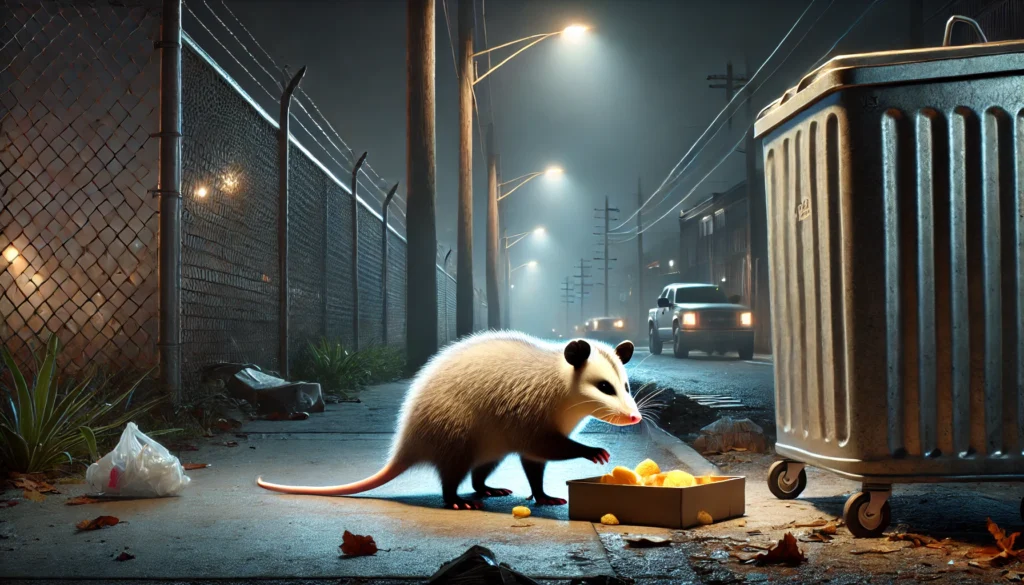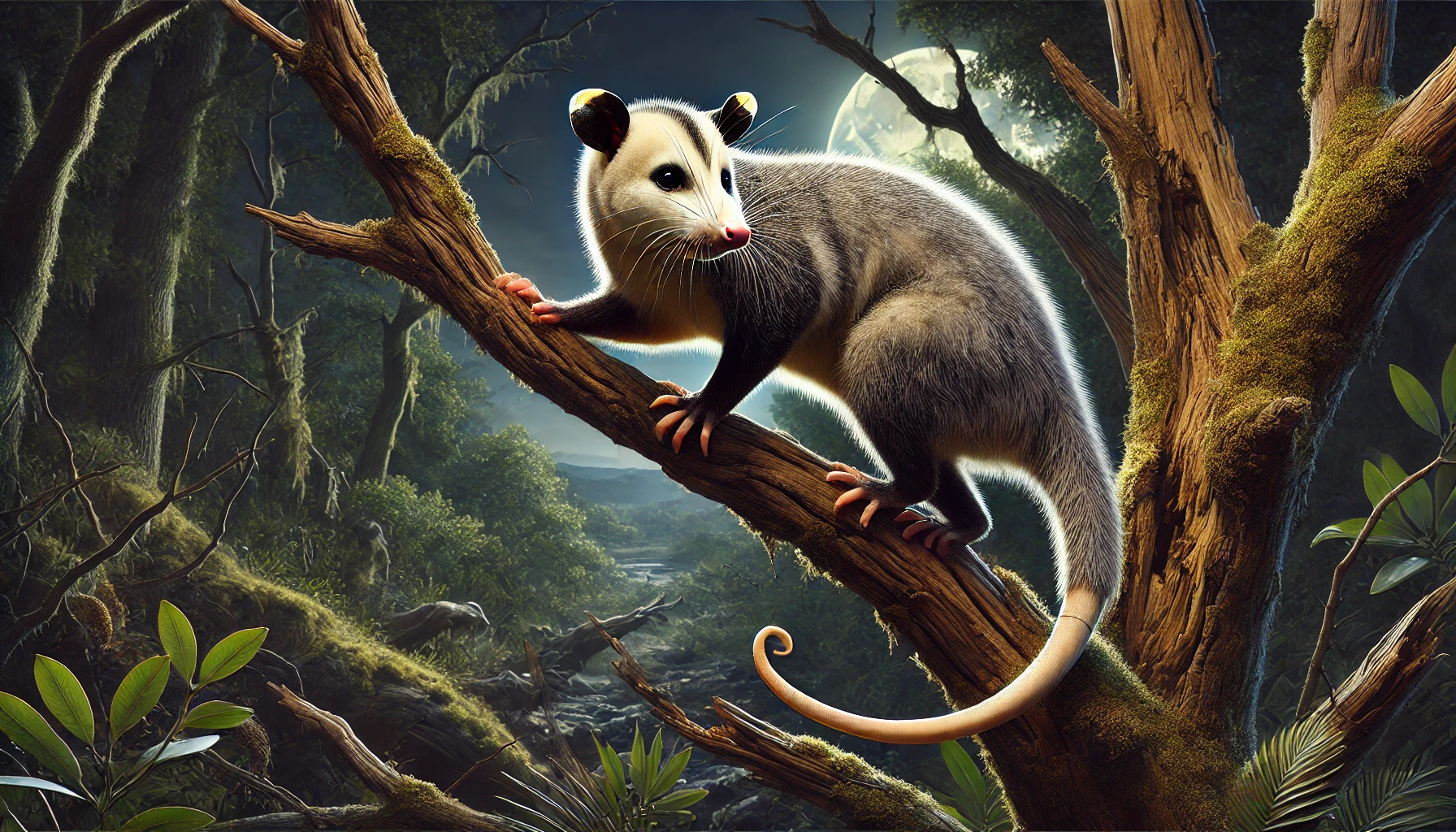The tñacuache, commonly known as the opossum, is a fascinating and often misunderstood animal. With their unique appearance and clever survival skills, these nocturnal creatures play an important role in the ecosystem. Whether you’ve seen one wandering at night or are just curious to learn more, this guide will give you all the essential tñacuache facts you need to know.
What is a Tñacuache?
A tñacuache, or opossum, is a small marsupial found throughout the Americas. Related to kangaroos and koalas, these animals are unique because they carry their babies in a pouch. Tñacuaches are easy to spot with their pointed snouts, sharp teeth, and hairless tails that act like an extra hand. Although they might not win any beauty contests, they are incredibly adaptable and can thrive in forests, suburbs, and even city environments.
Why Tñacuaches Are Active at Night
Tñacuaches are nocturnal, meaning they come out at night to search for food. This helps them avoid predators and human encounters. They eat a wide variety of foods, including fruits, insects, small animals, and even garbage. This flexible diet helps them survive in many environments, and their scavenging habits keep their surroundings cleaner by eating up rotting food and other waste.
The Famous “Playing Dead” Trick
One of the most interesting facts about tñacuaches is their ability to “play dead” when they feel threatened. This isn’t a choice they make—it’s an involuntary response to extreme fear. When a tñacuache plays dead, it collapses, lies still, and even releases a foul odor that makes it smell like a dead animal. This trick often discourages predators from attacking because they assume the animal is already dead or diseased. This act can last from a few minutes to several hours, depending on how safe the tñacuache feels.
Other Survival Skills of Tñacuaches

Tñacuaches are not just known for playing dead. They are excellent climbers, thanks to their sharp claws and tails that they use for balance and grabbing onto branches. They can also swim well and hold their breath for several minutes, making water a great escape route from predators. Despite their short lifespan of only two to four years in the wild, tñacuaches reproduce quickly, with large litters of up to 20 babies. This helps ensure that even if many don’t survive, enough will reach adulthood to keep the population going.
The Role of Tñacuaches in the Ecosystem
Tñacuaches play a vital role in keeping ecosystems balanced. By eating dead animals, they help clean up their environment and reduce the spread of disease. They also consume many pests, such as ticks and rodents, helping to control these populations naturally. Additionally, by eating fruits and other plants, they help spread seeds through their droppings, contributing to plant growth. In short, tñacuaches are nature’s cleanup crew, providing valuable services that benefit both humans and other wildlife.
Clearing Up Common Misconceptions
Tñacuaches often get a bad reputation, but many of the things people believe about them are simply myths. For instance, they are not aggressive animals. While they might hiss, growl, or show their teeth when scared, these are just defensive behaviors—they rarely bite. Another common misconception is that tñacuaches are major carriers of rabies. In reality, their low body temperature makes it difficult for the rabies virus to survive, making them one of the least likely animals to spread the disease.
How to Live Peacefully with Tñacuaches
If you find tñacuaches in your yard, there’s usually no need for concern. They are just passing through, looking for food or a place to rest. To prevent them from getting into your trash, make sure your garbage cans are secure, and avoid leaving pet food outside overnight. Seal any holes or openings around your home that might look like a cozy spot for a tñacuache to nest. By taking these simple steps, you can keep tñacuaches out of your home while still appreciating their role in the environment.
Conclusion
Tñacuaches are unique and resilient creatures that play a crucial role in our ecosystems. Although they might look a bit scruffy, they help keep the environment clean, control pests, and even aid in plant growth. By learning more about these animals and dispelling common myths, we can appreciate the important work they do. Next time you spot a tñacuache, take a moment to appreciate this often-overlooked creature and remember that they’re just doing their part to keep nature balanced.
FAQs
1. Are tñacuaches dangerous to humans?
No, tñacuaches are generally not dangerous. They are shy, non-aggressive, and prefer to avoid people.
2. Do tñacuaches carry rabies?
It is very rare for tñacuaches to carry rabies due to their low body temperature, which makes it hard for the virus to survive.
3. How can I keep tñacuaches away from my home?
Secure your garbage cans, remove outdoor pet food, and seal any openings around your house to prevent them from nesting.





